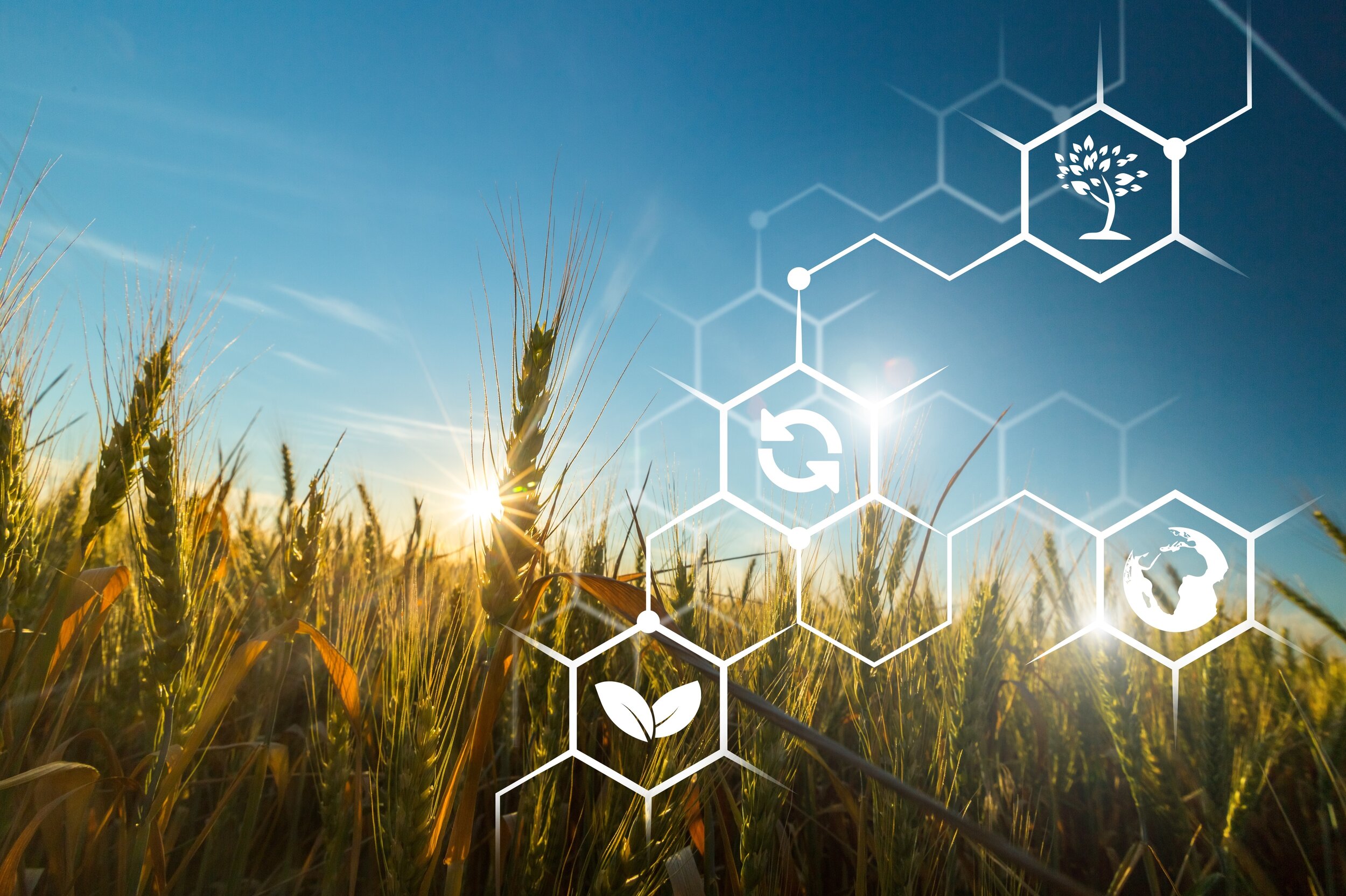
WHY BIOSTIMULANTS?
With the negative effects of climate change, population growth and soil degradation bearing down upon us, we are dedicated to connecting growers with innovative, affordable organic solutions.
Population Growth
By 2050, the population in the developing countries will be roughly 8 billion. The population in the developed countries would be 1.2 billion. The general consensus is that global agriculture production has to be increased by about 60-70 percent from the current levels to meet the increased food demand in 2050
Climate Change
As our climate continues to heat up and the impacts of that warming grow more frequent and severe, farmers and farm communities around the world will be increasingly challenged. And US farmers won’t be spared the damage that climate change is already beginning to inflict.
Soil Degradation
Conventional agriculture causes increased greenhouse gas emissions, soil erosion, water pollution, and threatens human health. Organic farming has a smaller carbon footprint, conserves and builds soil health, replenishes natural ecosystems for cleaner water and air, all without toxic pesticide residues.

Bio-Stimulants: How do they help?
Water Conservation
Biostimulants improve the water-holding capacity of soil, allowing plants to retain moisture for longer periods. This reduces the need for frequent irrigation, helping farmers conserve water, especially in drought-prone areas, while promoting healthier crop growth.Nutrient Use Efficiency
By enhancing nutrient uptake and reducing nutrient loss, biostimulants increase the efficiency of fertilizers. This means plants can access vital nutrients more effectively, leading to higher yields with less input, which is both economically and environmentally beneficial.
Carbon Capture
Biostimulants support the growth of plant root systems and soil microorganisms that naturally sequester carbon. This helps capture more atmospheric carbon in the soil, contributing to climate change mitigation and fostering healthier, more resilient ecosystems.






